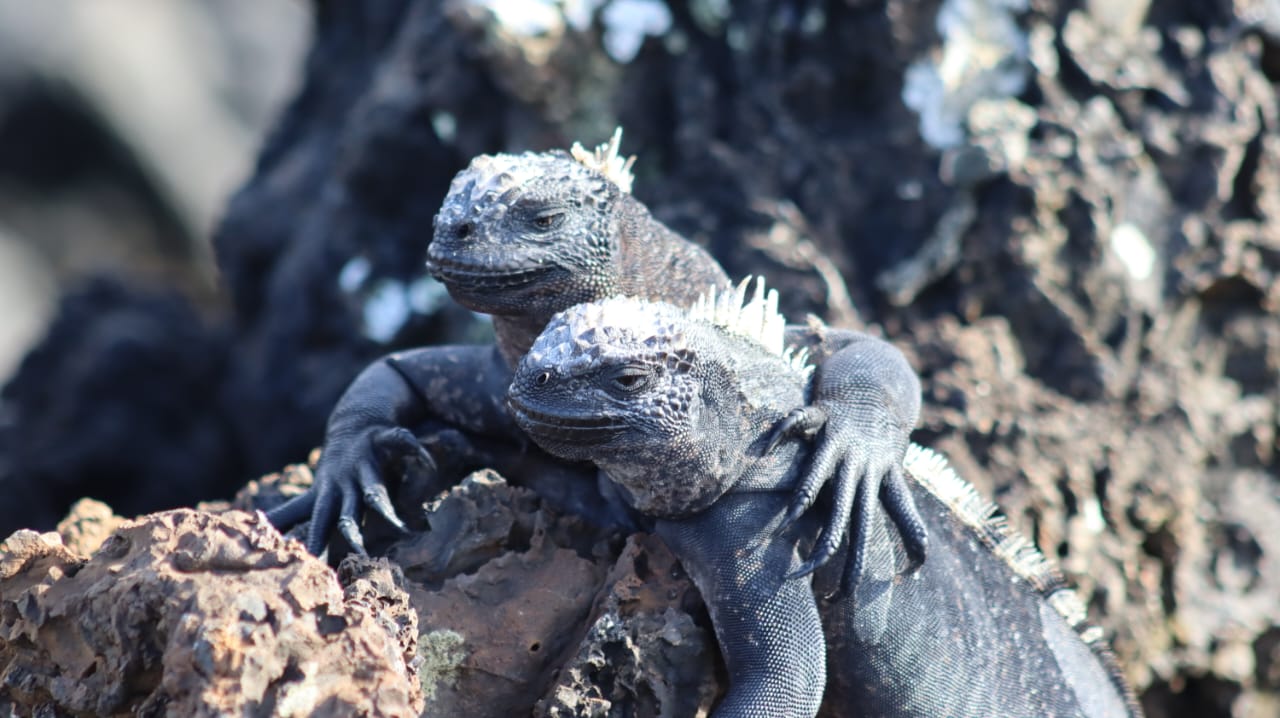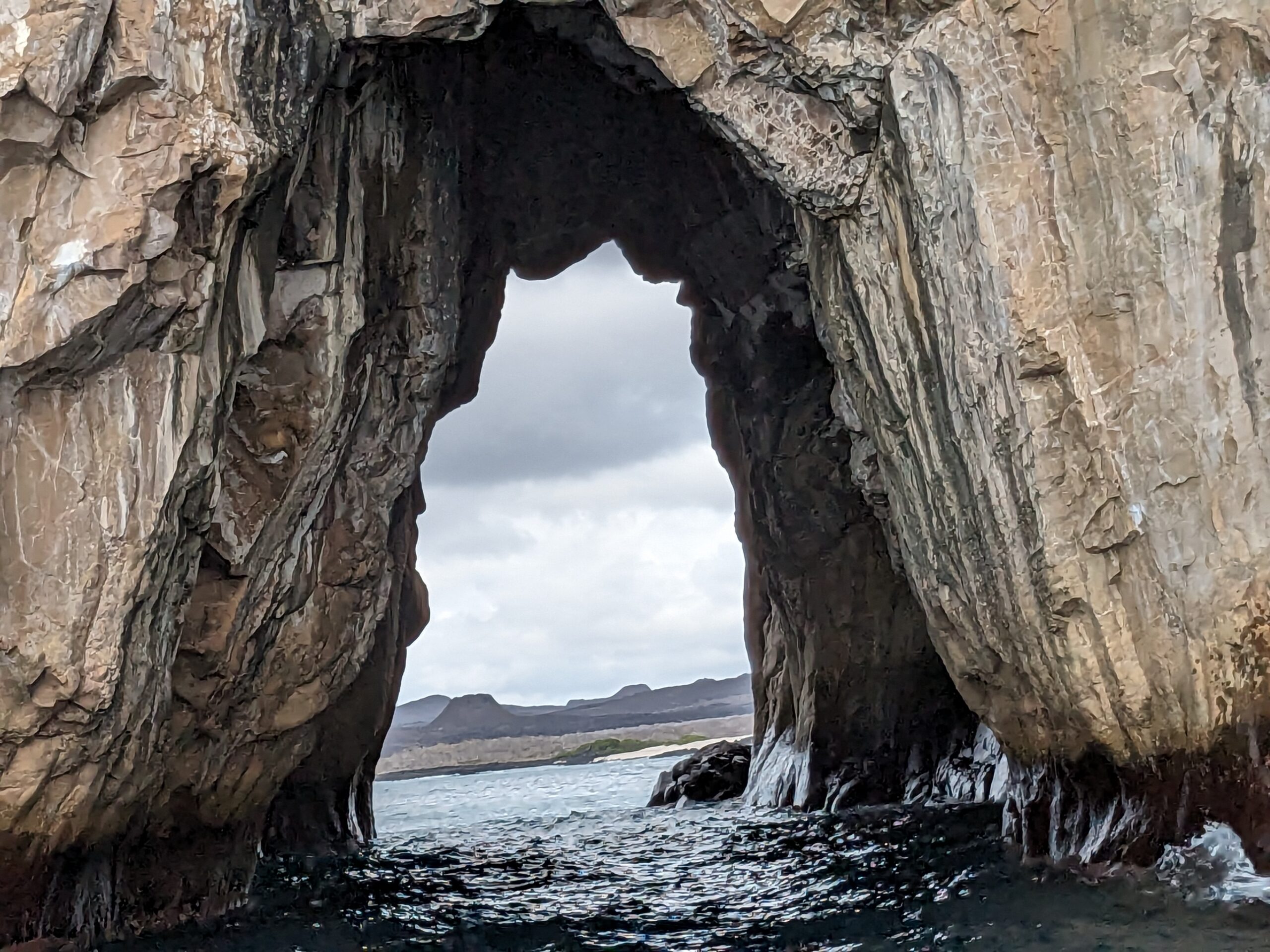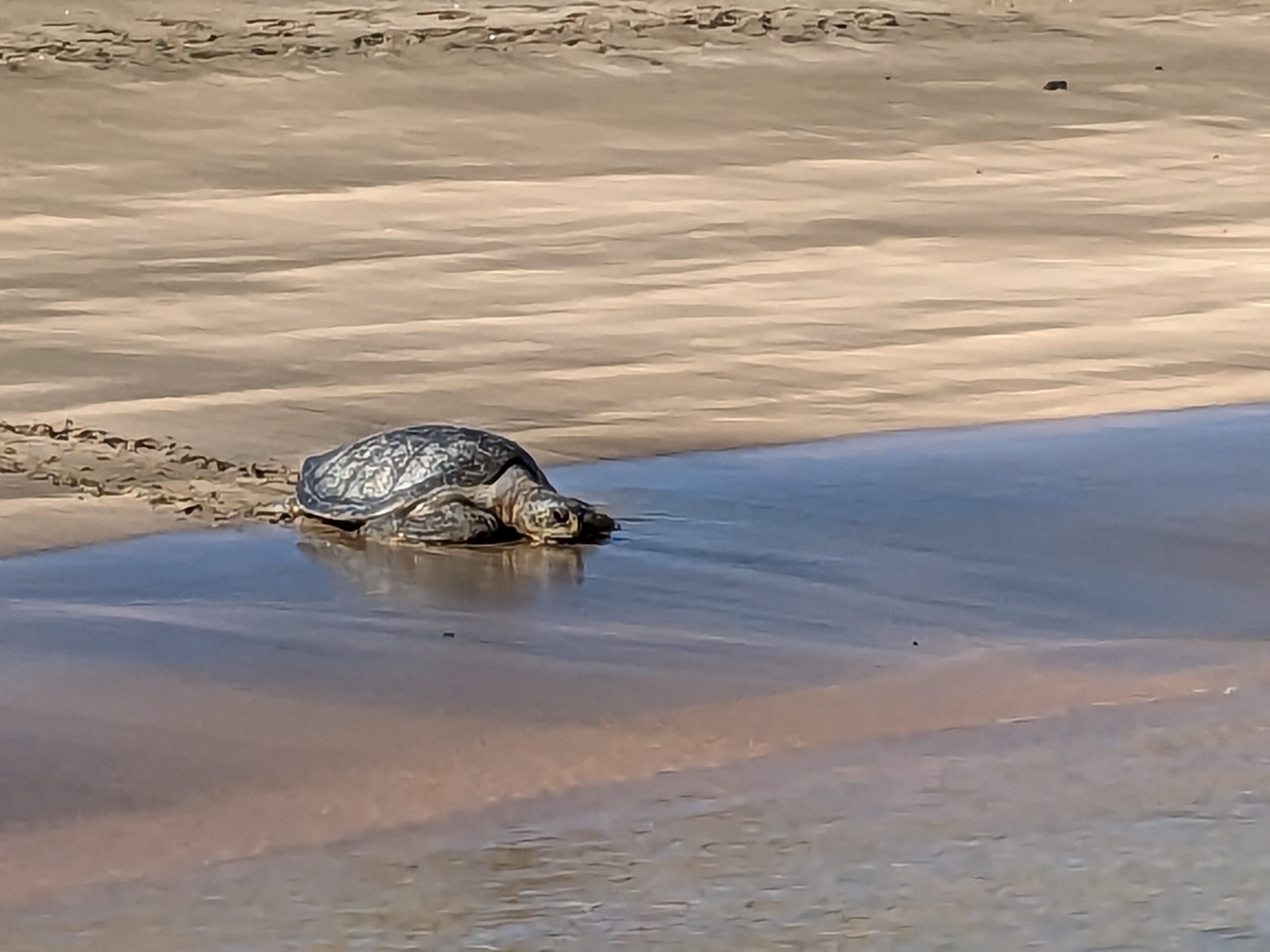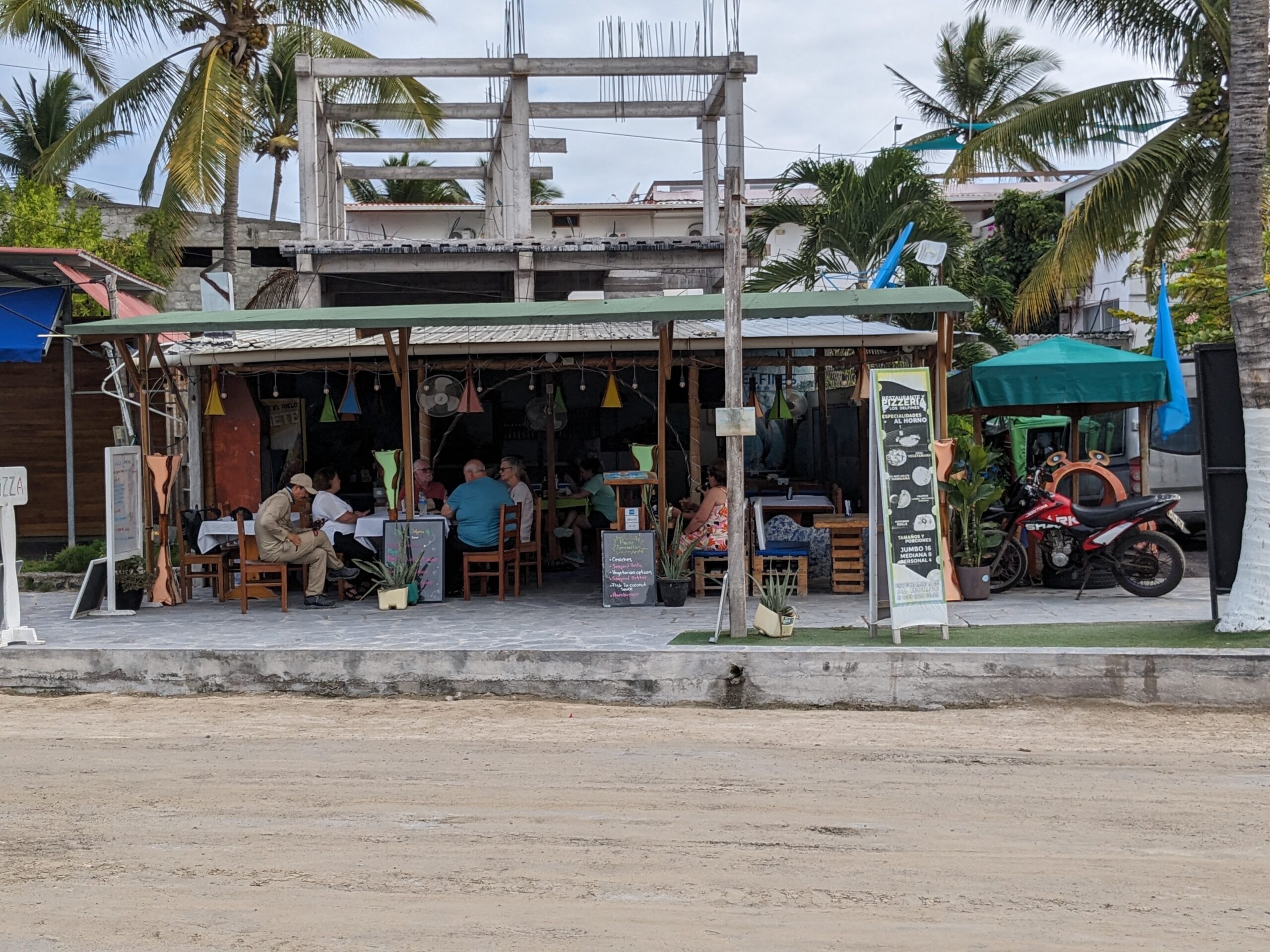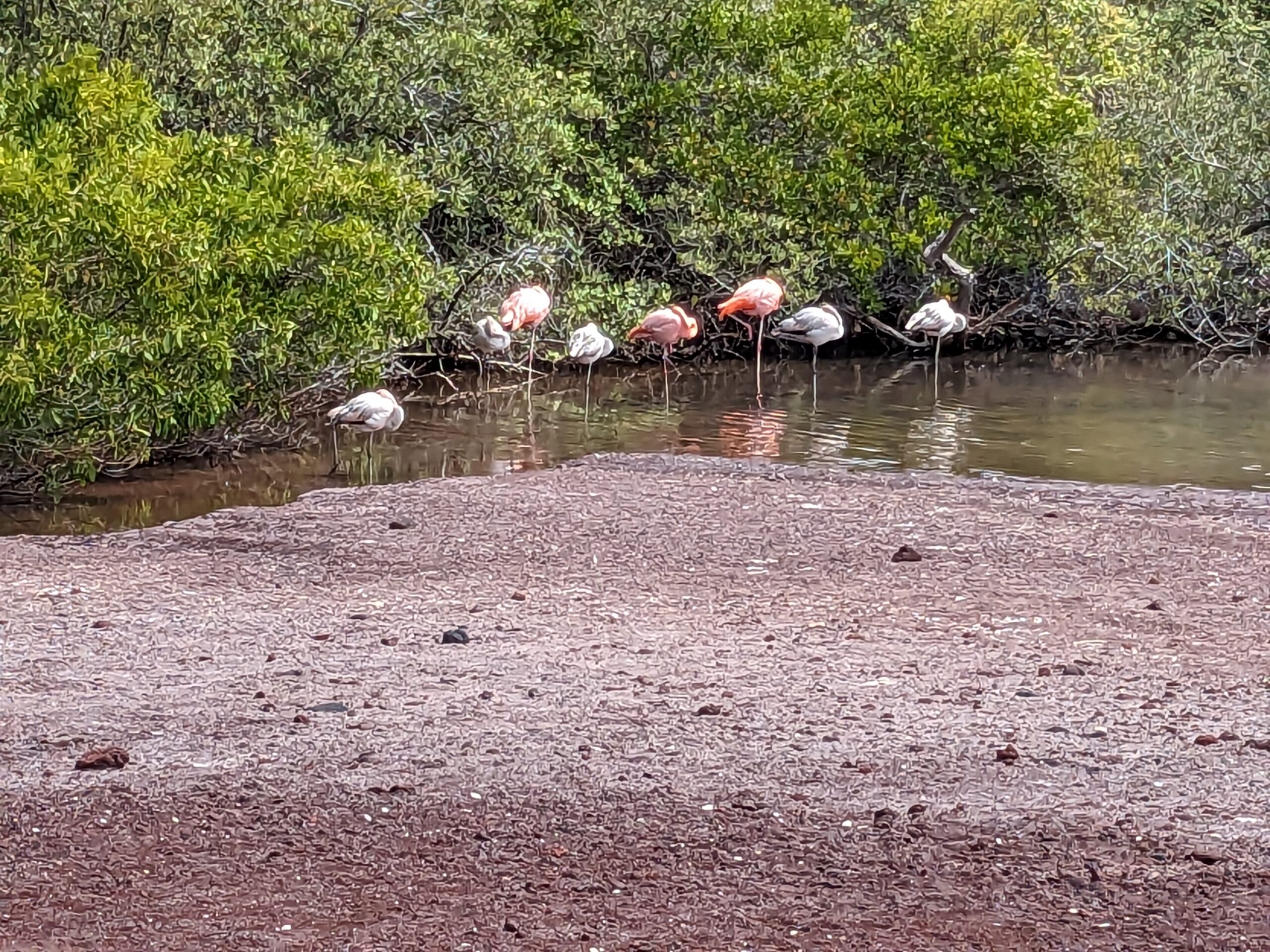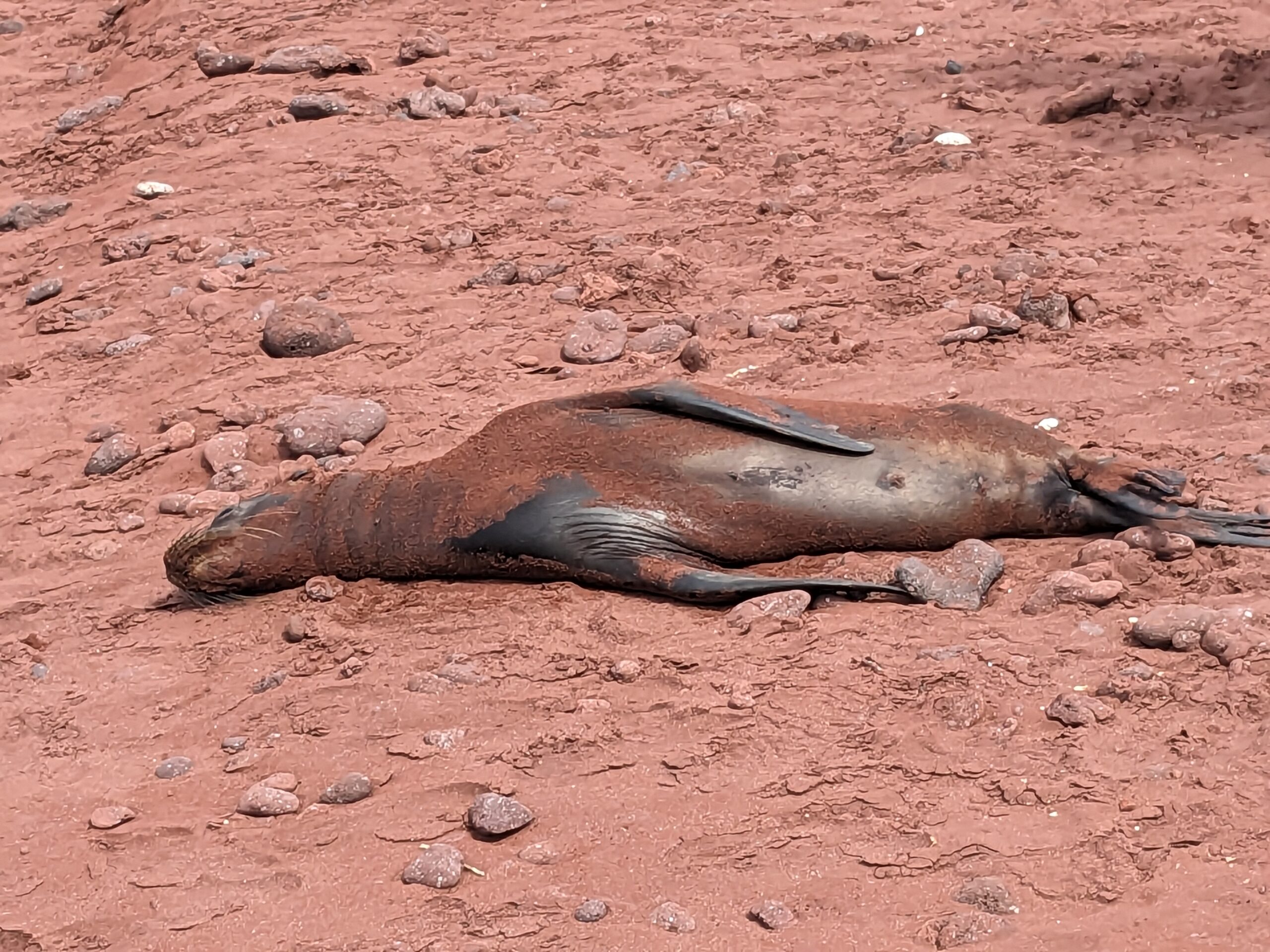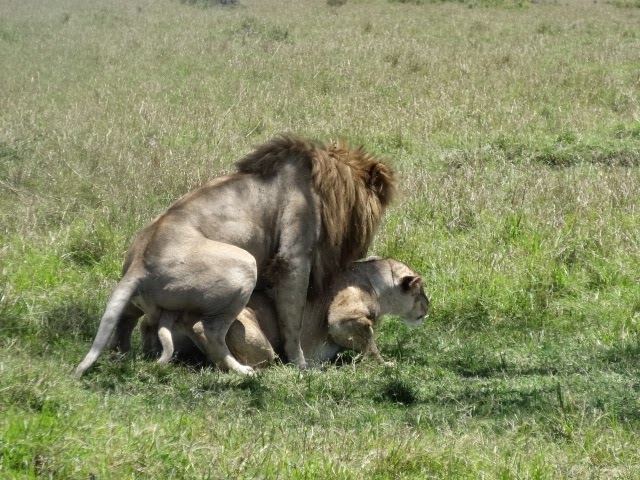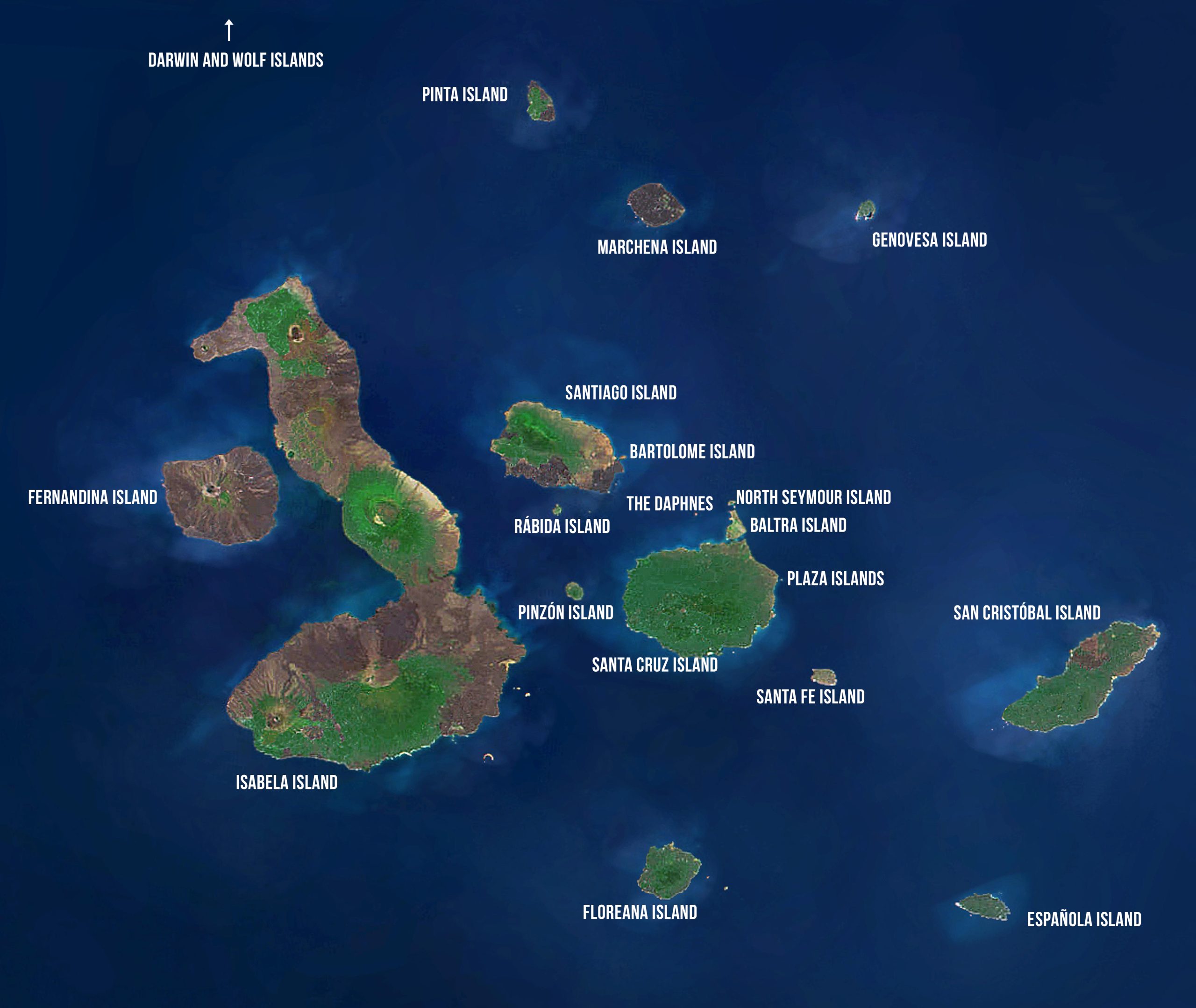
Right now, as I write this, we have been sitting in the little rental car, packed to the roof with our bags, outside the entrance gate to Mirador San Jose. We are waiting for Sylvie, the property manager, to arrive to let us into the gate and then to the house. Beyond these gates is our home for the next 79 days, which we hope has good WiFi and is as nice as the photos as represented in VRBO.
Early in our travels, we were sorely disappointed by a beach house in Placencia, Belize, with fraudulent reviews and no running water. We left in a week and never got our money back. In those days, the holiday rental business was different than it is now.

Our only recourse at that time would have been to sue the owners, and we didn’t want the beginnings of our travels to revolve around dealing with a lawsuit. But now, as we are sitting at the entrance gate, Sylvie hadn’t shown up at 12:45 pm when the plan was 11:00 am, two hours earlier than our original arrival time of 1:00 pm.
This morning at the hotel in Manta, I contacted Igor, the owner, who lives out of the country, and he arranged for her to arrive at 11:00 instead. Sure, she may have had other plans, causing her only to be able to come at 1:00. We shall wait and see. At this point, we have no other option but to wait.
As for yesterday, our travel day, we were able to stay in our hotel room in Quito until 2:00 pm and then spent three hours waiting in the lobby for a Celebrity escort to the airport. We’d prepaid $60 for two extra bags and seamlessly moved toward our gate.

I felt so awful from altitude sickness after the second 48 hours in Quito that I couldn’t wait to get on the pressurized airplane. The wait at the gate was short, and the flight was even shorter at only 35 minutes to touchdown.
We ordered a wheelchair for me. In my weakened condition, my legs felt like lead, and I was short of breath, sitting and doing nothing. Within minutes of the airplane doors closing, I felt a wave of calm wash over me. I could breathe, and the lightheadedness immediately dissipated. What a relief!

When we arrived at the small airport in Manta (population 300,000) in minutes, we had our luggage and exited the area where, for the first time ever, a man stood with an Avis sign waiting to escort us to the little rental car in the parking lot.
Moments later, we were on the road to the quaint Ecuadorian little hotel, Pikeiro Blue, where we have ever stayed, at a rate of $45 a night, cash only. We just needed a place to sleep. But, minimal, it was charming nonetheless. The owner sent his daughter to a little market to buy us two sodas and some cheese.
We hadn’t eaten since breakfast, and I was hungry, but Tom wasn’t. The lovely English-speaking daughter returned with the sodas and cheese in no time. We tipped her with gratitude. Her parents were so sweet and kind, and we conversed on Google Translate.

The room was spotless, with only bright overhead lighting (no lamps) and two double beds perfectly made. But, the beds were comfortable, the WiFi excellent, and the aircon chilled as we needed.
After a fitful night’s sleep this morning, we showered (cold water only) and dressed to head down to the pool level while the hosts made us breakfast, which was included in the $45. It couldn’t have been a more pleasing cultural experience.
The one-hour drive from Manta was interesting and also cultural. Once we reached the ocean along the highway, we were in awe of the massive waves, ideal for the most experienced surfer, but no surfers were to be seen on the pristine beaches.

Today’s photos are from the above-described experiences. Tomorrow, we hope to be back with photos of the house, finding ourselves unpacked and with some groceries on hand.
Hmmm ..we have yet to see a market…what will transpire there? Again, we shall see and report back tomorrow.
Be well.
Photo from ten years ago today, October 24, 2013:
















